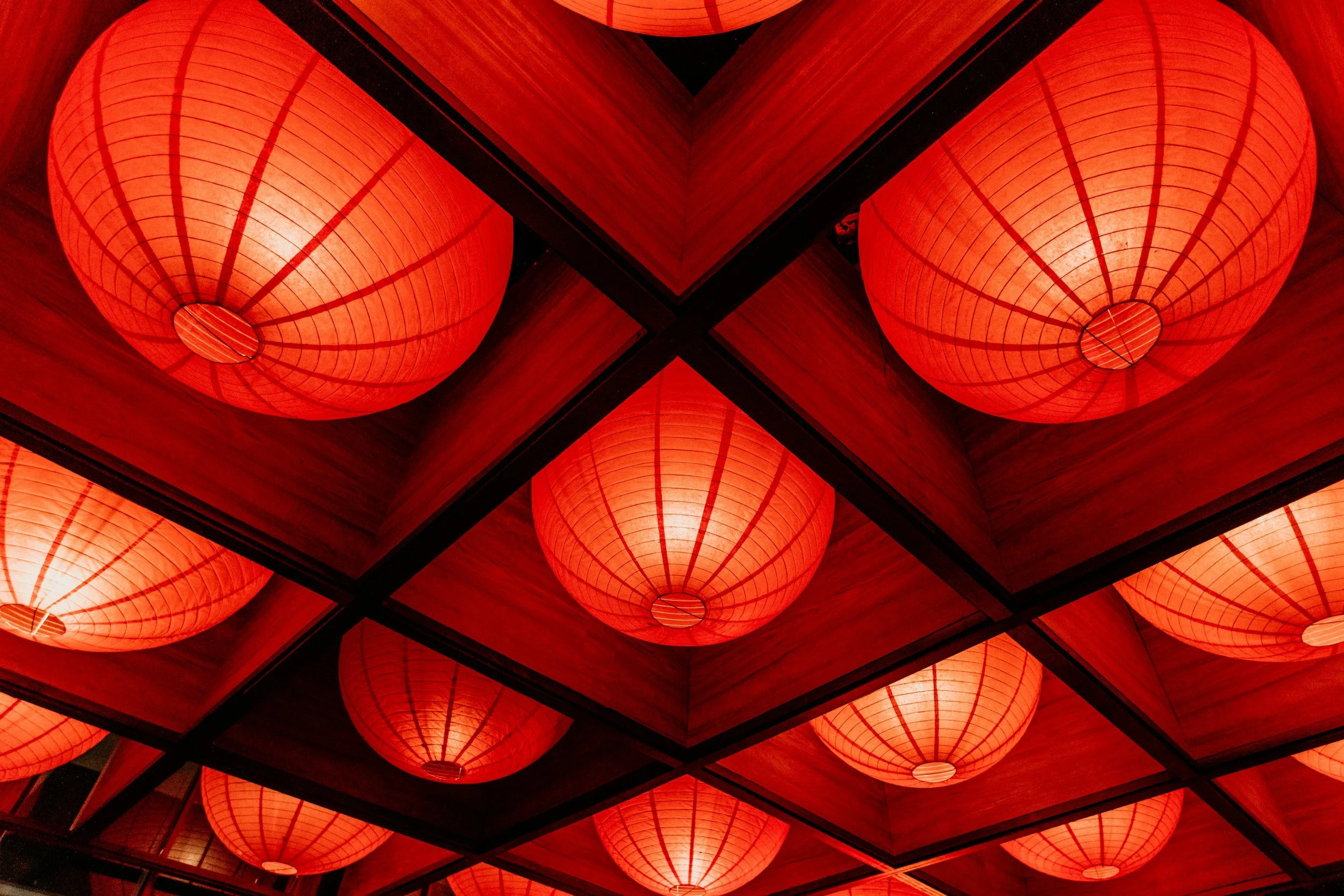Luxury Lifestyle Marketing Insider Secrets
Lifestyle marketing can strategically align brands with their customers’ values, aspirations, and interests. Telling stories their customers want more of, luxury lifestyle marketing can create context, connections, and lasting impacts.
That can foster deep brand cohesion across multiple platforms while carving out a distinctive space in even the most crowded, competitive areas.
That’s the power of luxury lifestyle marketing in action.
Elaborating on that, here are some more little-shared insider secrets on how to leverage luxury lifestyle marketing with maximum impact, detailing how to:
Leverage Influencers & Brand Ambassadors.
Keep Creating Engaging Content.
Prioritize Experience & Brand Community.
8 Ways to Implement Luxury Lifestyle Marketing Like an Industry Pro
You may have run across some of these “tips” before, but they haven’t been detailed in the way they are below. With insights from real-world pros who know how to get measurable results, the information that follows shares key factors that are often overlooked or not correctly implemented when it comes to luxury lifestyle marketing.
1. Personify Your Audience.
It’s not enough to have a rough sketch of who a target audience is. Brands need a detailed character sketch with:
Multiple Personas: Each persona should have a name, age, location, income, relationship status, and “psychographic” sketch, explaining personality, traits, and pain points. Top brands, including luxury and hospitality brands, create entire profiles around each persona, giving a voice and an entire character to them as a way to “step in the shoes” of each persona and really get to know each on a much deeper level.
Ongoing Analysis: Audiences can shift, and so can their behaviors, preferences, and pain points. So, reevaluating personas from time to time and checking in on how they’ve shifted can offer invaluable insights, showing how to shift gears whenever needed.
2. Focus on Authenticity.
Authenticity means putting your brand’s mission, voice, and real value front and center. Today’s customers have a lot of choice and instant access to finding alternatives. Many are also pretty savvy when it comes to discerning authentic experiences from more smoke-and-mirror campaigns.
Putting reviews and customer experiences centerstage can be a powerful way to lead with authenticity. So can showcasing experiences through thoughtful brand photos and smart video marketing.
Pro tip — combine the power of video, authenticity, and customer reviews using video testimonials. You can also leverage video and brand authenticity with behind-the-scenes-style shorts, staff interviews, and venue tours, all of which can make viewers feel like they’re getting the VIP treatment.
3. Leverage Influencers & Brand Ambassadors.
Partner with influencers who fit or can speak to your audience persona(s). To do this:
Check out influencers’ social media posts.
Search them in Google to make sure they haven’t been tied to anything scandalous or problematic.
Send influencers a private message to inquire about their rates for sponsored content and their interest in potentially working with your brand.
As you connect with and hire influencers, you’re probably going to also want to:
Specify exactly what you need, the objectives at hand, and the budget.
Send influencers brand materials to get them up to speed with the look, feel, and voice of the brand.
Invite influencers to visit any brick-and-mortar locations, so they can get first-hand exposure, capture their own content, and bring their audience directly into any event or venue the brand operates.
Review content before it goes live, especially as you get going and get to know the influencer.
Also, seek out influencers who you can build long-term relationships with for lasting value.
4. Keep Creating Engaging Content.
The biggest names in luxury brands know that the best content isn’t limited to one medium or a single story. Instead, the brands synonymous with luxury have captured the essence of what it means to be their customers with:
Unique, boundary-pushing content: This doesn’t mean shocking or controversial; it refers to content that’s novel, cutting-edge, and inspired in an unmatched way.
Fresh content on the regular: Branded content shouldn’t be a one-off effort. Routinely creating thoughtful content can keep a brand relevant, on trend, and at the forefront of audience awareness when it’s time to make buying decisions.
Diverse forms of content: Brand photos and videos should cover various topics and offerings. They should also be paired with supporting content, like text and hashtags, for optimal visibility — and for better chances of connecting instantly with the right audience(s).
5. Prioritize Experience & Brand Community.
With experiences front and center, your brand can start to cultivate engagement, receive more online reviews, and spark an array of user-generated content (UGC). As this happens:
Don’t leave your audience hanging.
Grant someone or a team of individuals the responsibility of “responding” in the brand’s voice.
Reply to your audience’s questions, reviews, or posts that tag your brand. Even a simple “thank you” can go a long way to building (or crystallizing) a positive reputation for a brand.
Consider running campaigns focused on getting more UGC. Contests with giveaways can be an effective campaign to achieve this objective.
Also, consider building brand-focused communities on as many relevant platforms as possible, keeping an eye on where specific audience personas spend the most time online.
6. Innovate.
Viral moments tend to be surprising, novel, and exciting.
So, look for opportunities to be a trailblazer whether that means experimenting with new:
Campaigns and strategies
Tools, platforms, and partners
Content and posting schedules
Also, be mindful of how you can personalize, curate custom content for niche sectors, and tailor lifestyle marketing to the distinct challenges and needs specific audience personas may have.
7. Track Everything.
Leverage analytics and other data tools to measure performance and track success. With constant monitoring, you can retool and finetune your lifestyle marketing in near real time, responding to what’s working — and avoiding repeats of anything that’s not landing as expected.
Tracking some key performance indicators (KPIs) from month to month can also give you an easy way to gauge return on investment (ROIs) and see what campaigns are delivering the best ROIs versus those that are underperforming.
8. Listen to Your Audience & Customers.
Run anonymous surveys, ask for feedback, and keep an eye on online reviews. Although not everything submitted may be of value, an audience — and current customers — can highlight:
Compelling new opportunities: An audience can point to exactly what they’re interested in, both in terms of new offerings and what’s missing from the competition.
Messaging wins & misses: How does an audience perceive the brand? What words tend to come to mind when an audience discusses a brand? Is the overall brand seen positively? Teasing out the answers to these questions can uncover where and how luxury lifestyle marketing is moving the needle and where it may be falling short.
Also, build some flexibility into luxury lifestyle marketing, so it’s “natural” to pivot and make adjustments when campaigns, strategies, or content don’t necessarily perform as expected.
What Mistakes Do Luxury Brands Make with Lifestyle Marketing?
Luxury lifestyle marketing can put brands in a standalone, lasting spotlight, as long as it’s done right. Not all brands hit the nail on the head, though.
Those that make the mistakes below could end up doing more harm than good, possibly damaging the brand's reputation or unintentionally revealing the competition to be better.
1. Overemphasizing Exclusivity.
Exclusivity can be a cornerstone of the luxury experience. That doesn’t mean that luxury lifestyle marketing has to be specifically exclusionary, possibly alienating certain customers, including those who want the aspirational lifestyle or experience that a brand is selling.
Sometimes, high-end brands can fall “backward” into the exclusivity problem by accidentally:
Overlooking certain audiences
Assuming that all of its clientele will be in the same spaces online and offline
Failing to consider diversity and alternative experiences for distinct facets of an audience
2. Leaning into Insincerity.
Fake stories and over-the-top storytelling can come off as disingenuous, empty, and “try-hard.” Any of that can feel inauthentic and off-putting while opening up reasons to second guess a brand and question its offerings, credibility, and overall messaging.
This is where working with luxury lifestyle marketing professionals can be a game-changer, helping brands connect with the best-fit stories, language, and storytelling strategies to showcase true authenticity across the board.
3. Neglecting Customer Experience.
Physical and online experiences should be seamless. Ignoring either of these customer experiences is not only a mistake, but it can also be confusing and make luxury brands seem like they’re behind the times — or, worse yet, like they’re uninterested in providing an optimal experience for their clientele.
4. Ignoring Emerging Markets.
Does luxury lifestyle marketing consider Millennials and/or Gen Z clientele? What about new potential clientele for specific services or events, like VIP experiences, happy hours, or private parties?
Overlooking emerging markets can be a giant missed opportunity to meet underserved needs and leverage luxury lifestyle marketing with extraordinary success.
5. Sticking with the Stale
Retaining the same, exact campaigns, designs, language, and marketing channels year in and year out can get stale fast. That’s especially true in today’s fast-paced, ultra-competitive world where the new can immediately outshine the stale — and where stale can start to veer into “boring,” tiresome, and uninteresting.
Once that happens, it can take a major effort to change customers’ minds and get luxury lifestyle marketing back on track.
By integrating fresh ideas, strategies, and content regularly, upscale brands can sidestep this mistake while cultivating a name for being contemporary, chic, and maybe even trend-setting.
6. Inconsistent Branding
Cohesive branding takes care and consistency in messaging, visual and text content, and online and offline brand assets. If all of these elements aren’t in lock step with each other, upscale brands can end up with:
Mixed messaging
A diluted, less appealing brand image
Confused clientele who may be inclined to place more trust in rivals with more consistent branding.
7. Failing to Personalize
Personalization can make clientele feel seen, heard, and invited to experience more. It can also welcome an audience in a comforting way, making it feel like the brand has exclusively requested someone to participate or engage in some way.
If luxury lifestyle marketing is basic and generic, it can feel dated, spammy, and “cold.” That can come off as devaluing or even exclusionary in some cases, making customers feel like they aren’t important enough to be addressed personally by the brand.
8. Ineffective Storytelling
The right stories and storytelling for high-end brands have to center on defined topics that balance emotion, interest, and the right level of detail.
Trying to cram in too much or even marginalizing the importance of storytelling can create unnecessary barriers for an audience.
It can also give rise to more questions, misunderstandings, and/or skepticism, instead of engagement and brand interest.
Luxury lifestyle marketing is easier with Alias in your corner.
We partner with upscale brands nationwide — from restaurants, hotels, and resorts to luxe brands and others — providing custom, turnkey solutions and optimal ROIs.

















